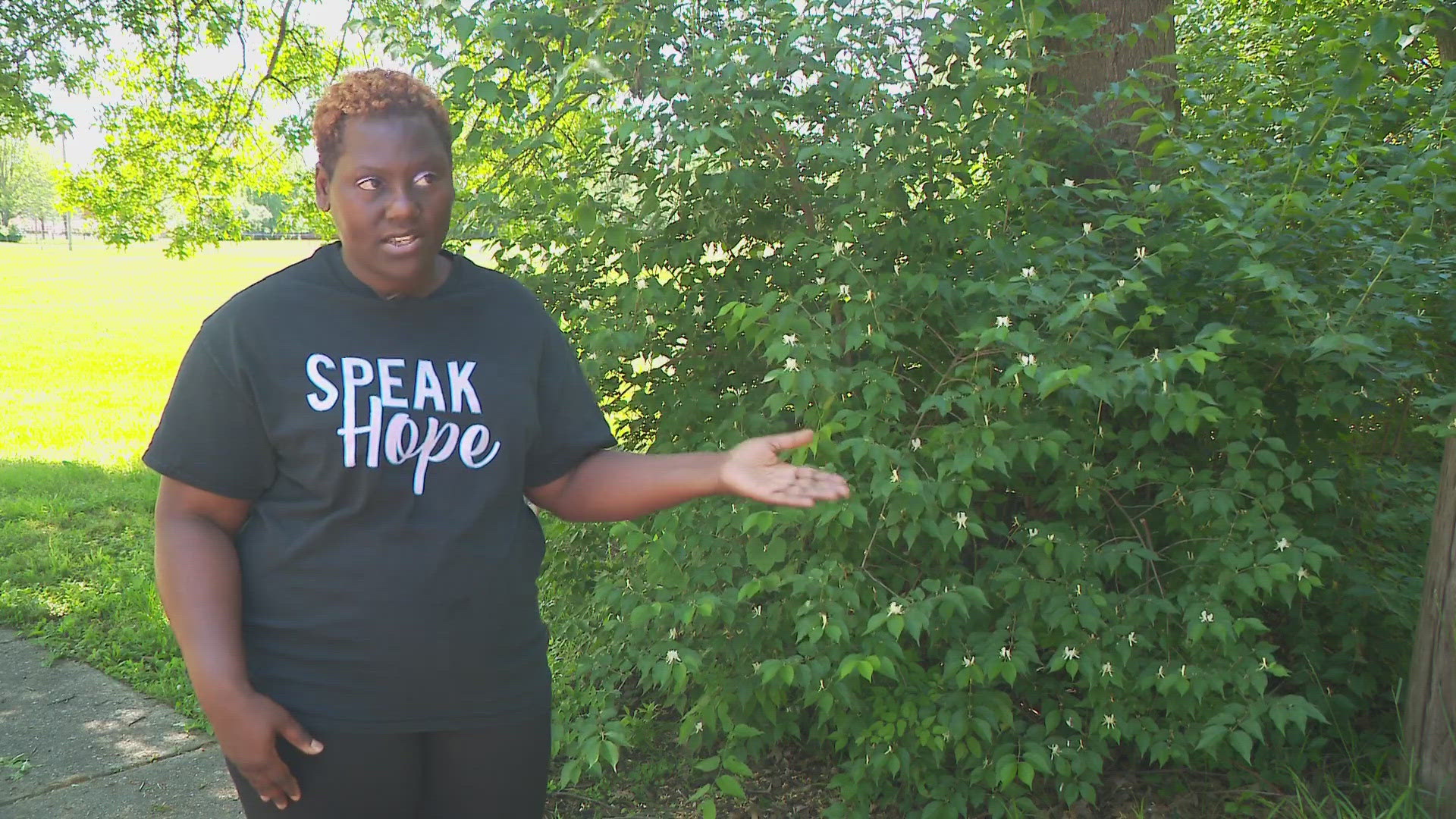VALLONIA, Ind. — With fall approaching, Indiana forestry officials are reminding Hoosiers that they'll pay them for seeds from certain tree species.
The Department of Natural Resources says its Division of Forestry orchestrates a statewide seed collection annually with the goal of diversifying their seed source.
That diversification allows the agency to raise seedlings well adapted to grow into mature trees across Indiana.
The DNR pays seed collectors on the basis of "pure live seed" that meet DNR specifications, including being free of diseases and insects.
Some of the numerous tree species the DNR wants seeds for are black walnut, red oak, bur oak and shellbark hickory. The prices the agency will pay for qualifying seeds include 1 cent for each black walnut seed and 3 cents for each shagbark hickory seed.
Indiana DNR will pay Hoosiers for certain tree seeds, nuts
Some of the numerous tree species the DNR wants seeds for are black walnut, red oak, bur oak and shellbark hickory.



